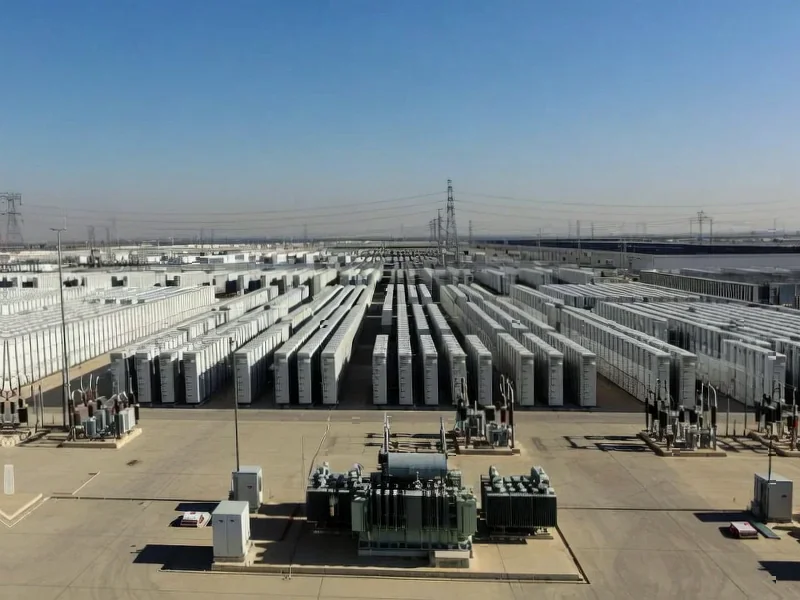According to engadget, Waymo is launching its robotaxi services in three new cities next year, with Detroit residents expected to “soon” see Waymo vehicles mapping service areas before public launch. San Diego deployment is scheduled for next year with vague timing, while Las Vegas operations will include the Strip with eventual expansion to the airport. The Alphabet subsidiary currently operates in Los Angeles, Phoenix, San Francisco, Atlanta, and Austin, with recent expansion announcements to additional markets and planned international expansion to the UK next spring following new autonomous vehicle legislation. This expansion comes amid increasing competition in the autonomous taxi market.
The Urban Strategy Behind Waymo’s City Selection
Waymo’s choice of San Diego, Las Vegas, and Detroit represents a sophisticated three-pronged approach to market capture. San Diego offers dense urban corridors combined with favorable weather conditions that minimize sensor degradation—a critical factor for LIDAR and camera systems. Las Vegas provides the ultimate stress test with its 24/7 tourism economy, complex traffic patterns around the Strip, and high pedestrian density, serving as both revenue opportunity and validation showcase. Detroit represents a strategic partnership play, leveraging proximity to automotive manufacturing and engineering talent while testing in challenging winter conditions that few competitors have successfully navigated. This geographic diversity demonstrates Waymo’s methodical approach to proving operational readiness across multiple use cases rather than pursuing rapid, undifferentiated expansion.
Revenue Model Evolution Beyond Ride-Hailing
The real business story here extends far beyond passenger transportation. Waymo’s partnership with Uber Eats for food deliveries in Phoenix signals a broader platform strategy that could fundamentally alter the unit economics of autonomous vehicles. By layering delivery services onto existing ride-hailing infrastructure, Waymo can dramatically improve vehicle utilization rates and generate multiple revenue streams from the same capital investment. This approach mirrors Amazon’s strategy with AWS—using excess capacity from their core business to create entirely new profit centers. The autonomous delivery market could potentially generate higher margins than passenger transport due to simpler routing, off-peak scheduling, and reduced liability concerns compared to human passengers.
The Escalating Autonomous Arms Race
Waymo’s expansion comes at a critical inflection point where multiple competitors are making aggressive moves. Tesla’s Robotaxi network announcement for Austin and San Francisco represents the first real challenge from a vertically integrated automaker with massive manufacturing scale. More concerning for Waymo might be the Uber and Lucid partnership in the Bay Area, which combines Uber’s extensive ride-hailing network with Lucid’s luxury electric vehicle platform. This threatens to fragment the premium autonomous market segment that Waymo has dominated. Meanwhile, international expansion to the UK positions Waymo against emerging European competitors while benefiting from recent autonomous vehicle legislation that creates regulatory certainty—a significant advantage over the patchwork of state-level regulations in the U.S.
The Capital Intensity Challenge
This three-city expansion represents a massive capital commitment that highlights the fundamental economics of the robotaxi business. Each new city requires extensive high-definition mapping, local operations teams, vehicle maintenance facilities, and regulatory compliance investments that can easily reach hundreds of millions of dollars before generating meaningful revenue. Alphabet’s deep pockets give Waymo a significant advantage over well-funded but capital-constrained competitors. However, the timing suggests Waymo may be feeling pressure to demonstrate scalable growth to justify continued investment from its parent company, especially as Alphabet faces increasing scrutiny on moonshot project returns. The vague timing for San Diego deployment particularly suggests potential regulatory or operational hurdles that could impact the financial model.
Broader Transportation Industry Impact
Waymo’s expansion accelerates the timeline for autonomous vehicle adoption across multiple sectors. The company’s success or failure in these three markets will influence investment decisions across the entire mobility ecosystem, from automotive suppliers developing autonomous-ready components to insurance companies modeling risk profiles for driverless operations. More immediately, traditional ride-hailing and taxi services in these markets will face pricing pressure as Waymo’s cost structure—eliminating the 60-70% of fares that typically go to human drivers—allows for more aggressive pricing. The Las Vegas deployment particularly threatens the established taxi and transportation networks that have dominated the Strip for decades, potentially triggering regulatory battles and labor disputes that could shape public perception of autonomous vehicles nationwide.




